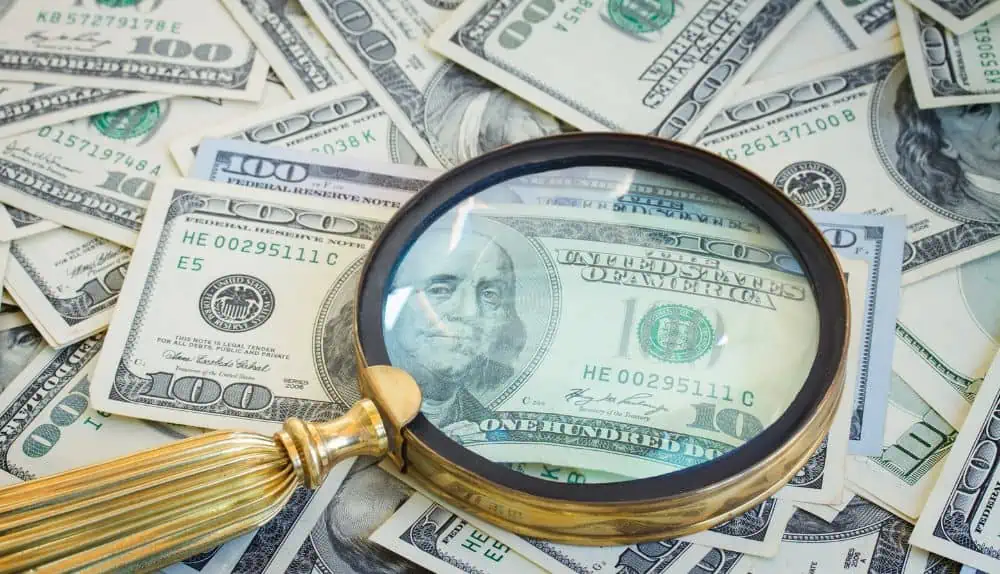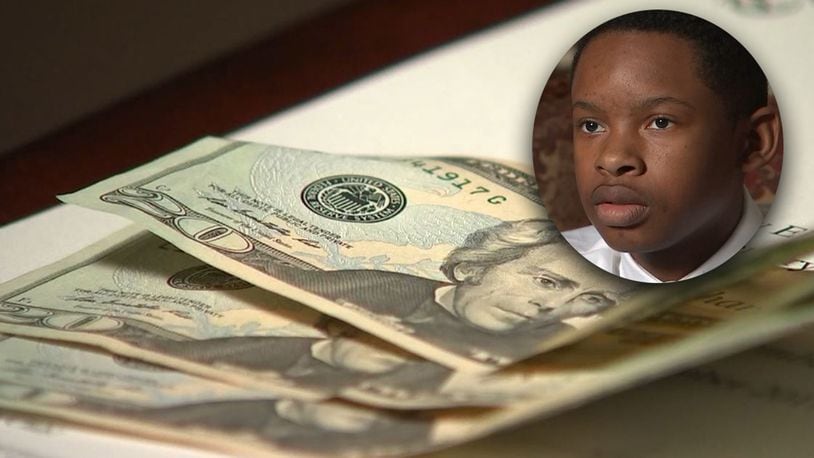Check Out making uses of Funny Money in Artistic Creations and Theatrical Performances
Phony cash, commonly synonymous with deceptiveness and illegality, holds a peculiar appeal when it finds its means into the world of theatrical efficiencies and artistic productions. Its history is laden with intricate narratives that have motivated artists to include these replicas right into their works. From the aesthetic arts to the remarkable phase, copyright money has actually been utilized in intriguing manner ins which test understandings and prompt thought. As we dive into the multifaceted usages of funny money in these innovative domains, we start to reveal a world where credibility and replica blur, triggering us to examine the very nature of worth and depiction within art and performance.

Historical Importance of copyright in Art
The historical importance of funny money in art is a complicated and fascinating topic that clarifies the intersection of creativity, subversion, and socio-political commentary. Throughout history, artists have utilized funny money as a device for tough social norms, questioning the value of money, and making effective declarations regarding wealth and power.
One of the most remarkable instances of copyright cash in art days back to the Dada movement of the early 20th century - copyright money for sale. Musicians such as Marcel Duchamp and Hannah Höch integrated phony money into their jobs to slam the capitalist system and check out the concept of worth in a quickly changing world
In addition, during times of financial instability or political turmoil, imitation cash has been used by musicians as a form of protest or rebellion. By developing and circulating phony money, musicians have actually had the ability to interfere with the condition quo, challenge authority, and provoke essential discussions regarding the role of money in culture.
Effect of Imitation Currency on Visual Arts
By incorporating copyright into their works, artists provoke discussions on the nature of value, authenticity, and societal perceptions of wealth. The use of copyright in art also raises honest considerations pertaining to the borders of artistic expression and the ramifications of reproducing lawful tender. Overall, the impact of phony currency on aesthetic arts is complex, promoting essential representations on the crossway of money, art, and social worths.
Meaning and Significance in Theatrical Fake Displays
Using theatrical copyright displays, musicians employ symbolic depictions to convey deeper meanings and evoke thought-provoking interpretations within the realm of performance art. With the consolidation of fake cash in staged productions, makers can check out themes such as greed, power, corruption, and the illusion of wide range. Using copyright on stage can function as an allegory for societal issues, financial variations, and the fragility of economic systems.
In staged efficiencies, the symbolic worth of copyright expands past its monetary worth. It can symbolize the deceitful nature of appearances, the pursuit of materialistic desires, and the consequences of unethical behavior. By using copyright cash as a prop, artists can test target markets to question the true definition of riches and the moral limits that individuals might cross in its quest.
Moral Considerations in operation Funny Money for Art

One significant ethical factor to consider is the prospective lawful effects of making use of funny money in art. Counterfeiting currency is unlawful in a lot of nations and can cause significant effects for artists who intentionally integrate fake expenses into their job. copyright money for sale. This not just places the musician in jeopardy yet additionally elevates inquiries concerning advertising prohibited tasks via art
In addition, click this site there is an ethical problem concerning the authenticity of the artwork itself. Using phony cash obscures the line in between truth and imitation, potentially tricking visitors and endangering the honesty of the creative piece. Artists have to consider whether making use of copyright cash lines up with their values and imaginative objectives, evaluating the potential influence on their online reputation and reliability.
Future Trends in Funny Money Assimilation
Thinking about the developing landscape of imaginative expression, the consolidation of fake cash in innovative jobs might witness a shift in the direction of cutting-edge and provocative methods. As musicians remain to press limits and explore new tools, phony cash might significantly be used to challenge societal norms, question the worth of money, or make effective declarations regarding wealth and consumerism.
One future trend in copyright cash combination might be its use in immersive art installments where audiences are encouraged to communicate with the pieces, blurring the lines between truth and illusion. Furthermore, improvements in innovation might result in the development of hyper-realistic funny money More Info that is basically indistinguishable from authentic currency, opening up opportunities for much more detailed and comprehensive artworks.
Moreover, collaborations in between counterfeiters look at these guys and artists could lead to distinct pieces that combine conventional artistic techniques with the craftsmanship of creating funny money. However, ethical considerations surrounding the validity and principles of making use of funny money in art will continue to be a factor of opinion as these future fads unfold.
Conclusion
In conclusion, usings funny money in theatrical performances and creative developments have a lengthy background and proceed to provide inspiration for musicians. From its historic importance to its effect on visual arts and significance in theatrical display screens, funny money plays a special function in the art world. Nonetheless, moral considerations need to be taken into consideration when making use of copyright money for innovative objectives. The integration of copyright cash in art is most likely to continue developing in the future.
In general, the effect of copyright money on visual arts is multifaceted, promoting vital reflections on the junction of money, art, and social worths.

In conclusion, the usages of imitation cash in imaginative creations and staged performances have a long background and proceed to be a source of inspiration for artists. Honest considerations need to be taken right into account when using phony money for innovative purposes. The combination of fake cash in art is most likely to continue evolving in the future.